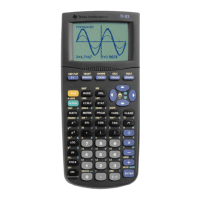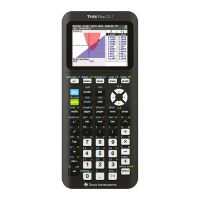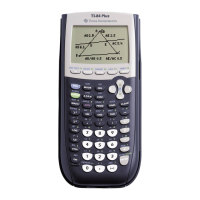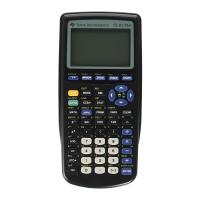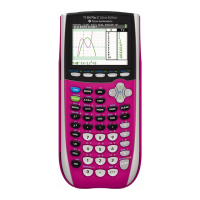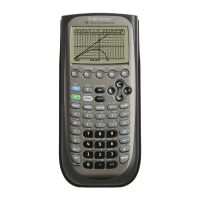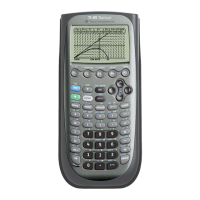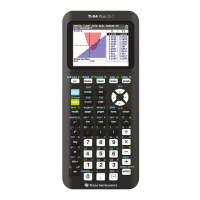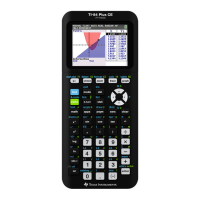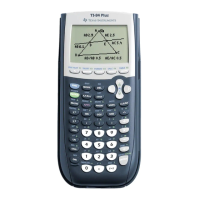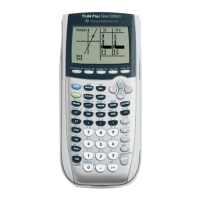fields there is a 2 level use of the ENTER key. When inside a drop down menu, the ENTER key can
be used to make a selection in that menu without closing down the box. In an input field, ENTER has 2
levels of use also. When your typing is finished, ENTER will simply high light the text without closing
down the box. The second ENTER press from either a drop down menu or an input field will close
down the entire dialog box.
min() function - why does it not work on strings?
The min() function was designed to work on two numeric expressions, two lists, two matrices, or a
single list or matrix.
define minstrng (str1, str2) = when (str1 < str2, str1, str2)
defines a function that returns the alphabetically lesser of two strings.
Pictures in TI-92 Toolbars
You can use a picture as a Toolbar title only if the picture has dimensions of 16 x16 pixels.
Use "StoPic picVar [, pxlRow, pxlCol] [, width, height]" to define the picture.
Phase Planes on the TI-92
The 92 can do phase planes in sequence graphing mode. It is a sequence plot where you show one
function vs. another function.
Differential equation phase planes are not possible on the TI-92.
Verifying a symbolic result
When a symbolic result is different than what you expected you can use several tools in the TI-92 to
help verify that the result is equivalent:
! Try subtracting the result from the expected result to see if simplifies to zero.
! Try graphing the result you expected and the result you got from the TI-92.
! Try using some of the manipulation features like expand(), factor(), comDenom(), etc. to see if you
can force further simplification of either result or better yet, their difference.
! Try substituting appropriate random values for some or all of the variables in each of the two
expressions.
d() (symbolic differentiate) algorithm
d() repeatedly uses the chain rule together with the well-known formulas for the derivatives of sums,
products, sinusoids, etc.
I can't get my cover (snap cover) off. How do I get it off?
Pull back on one corner of the cover, "burp it like Tupperware" and the cover should come off.
How is the application-specific 68000 different from a regular 68000?
It's a 68000 with:
! Low-power static capability.
! The application specific is our logic we tie around the 68000 to allow us to have our choice features
like low battery detect, extra avoid memory-loss circuitry, talk to our LCD, keyboard, etc...
B - 18
